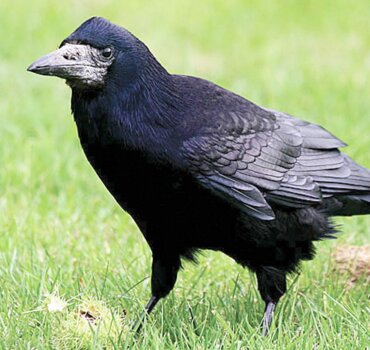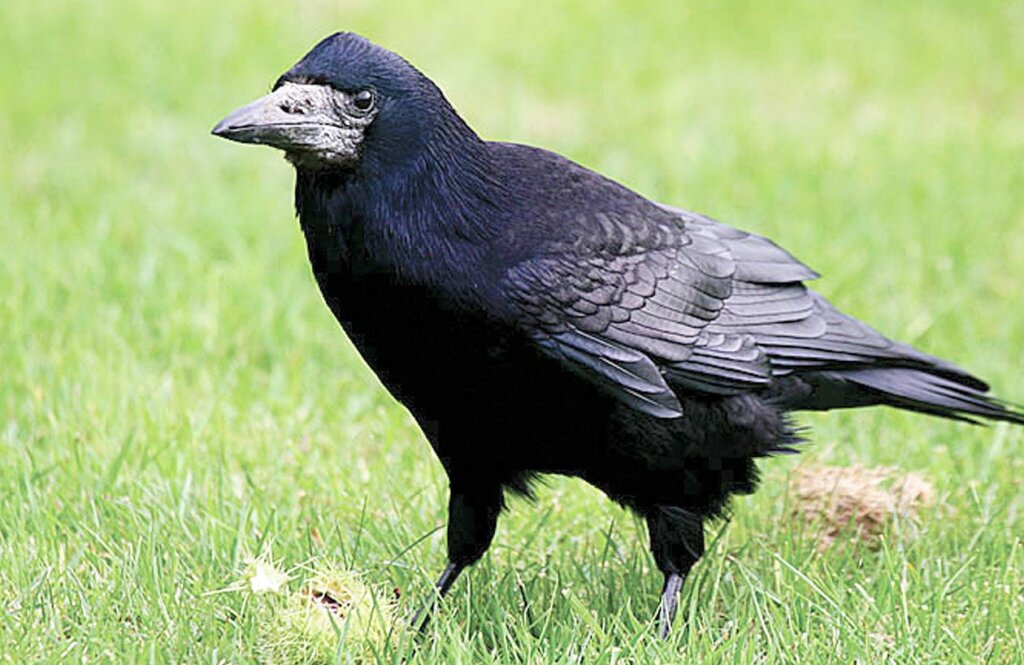
Thousands of rooks have been destroyed since pest eradication programmes began in the 1970s in New Zealand. Photo: Bay of Plenty Regional Council.

Thousands of rooks have been destroyed since pest eradication programmes began in the 1970s in New Zealand. Photo: Bay of Plenty Regional Council.
The annual attack on rooks in the Waikato region is underway – and the regional council says it is in catch up mode.
In recent years the council’s control programme has reduced numbers of the pest bird to around 40 in the region – but they were given a Covid reprieve in 2021.
That means nests will have produced chicks where previously pest control would have intervened.
“We’ve had new sightings reported from north Waikato and south Auckland areas, which suggests rooks are heading north,” said Biosecurity pest animals team leader Brett Bailey.
“Usually our hotspots are Paeroa, from Te Poi to Matamata, Mangakino to Taupō, and in Hamilton. We’ve had reports of rooks around Whakamaru and Mangakino that we’ve not been able to locate either.”
His view is backed by anecdotal evidence. Rooks were occasionally seen in Tamahere in 2019 and 2020 – but there are no reports known to The News since the start of last year.
Bailey said two nesting sites were confirmed near Hinuera and Paeroa last year.
The regional council is asking landowners to report rook sightings so staff can carry out targeted pest control to prevent them from becoming a problem on farms.
Mr Bailey said the council relies on landowners to let them know where rooks are nesting because otherwise it was like looking for a needle in a haystack.
“It’s a good time of the year to start seeing rooks as it’s breeding season, which is when they congregate together. It’s important that landowners don’t try to get rid of them themselves, because we don’t want to scare them and make them fly away and nest somewhere else.”
Rooks are highly intelligent birds – arguably more intelligent that those who decided to introduce them in 1860s to reduce insect numbers.
The birds, like most introduced species, multiplied out of control and before control started 50 years ago, their numbers in Hawke’s Bay had reached 25,000. Rooks destroy newly sown crops and pasture by tearing them up in search for grubs.
Pest control requires some canny planning. Once rookery sightings have been called in, a drone is used to survey for the presence of eggs and chicks in nests to ensure only active nests are treated.
Rooks generally build nests in pine or eucalyptus trees. The largest colony found in New Zealand was nearly 1000 nests but, thanks to control, such groupings are a thing of the past.
The regional council has been controlling rooks since 2002, when their numbers were around 200. It is asking for people to report nests and offering an incentive of a gift voucher.
If you see rooks or know where they are nesting, contact biosecurity officer Imre Reuter-Rosewood at Waikato Regional Council on 0800 246 732 or email [email protected]








